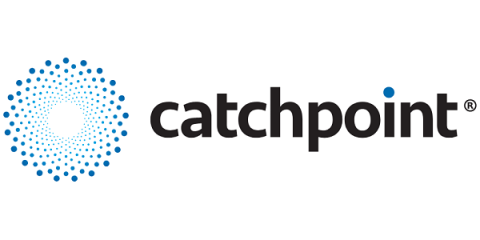Enterprises that halted IT cloud migrations have been hit with 2.5x outages during global pandemic, new research highlights
Survey respondents who continued their cloud journey experienced less IT performance issues—Virtana and Enterprise Management Associates (EMA) to present full survey findings during June 25th webinar










